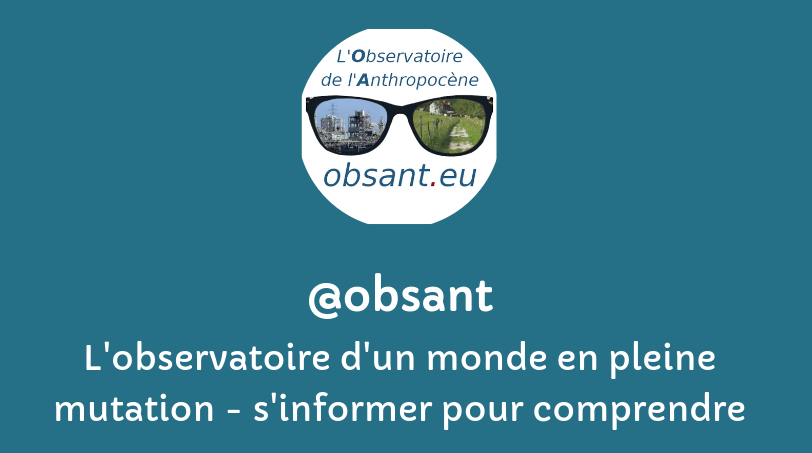Les champs auteur(e)s & mots-clés sont cliquables. Pour revenir à la page, utilisez le bouton refresh ci-dessous.
filtre:
March
On this day, October 27, 1990, the British Magazine the Economist had a cover story about “global warming” and international agreements.
The March for Science (formerly known as the Scientists' March on Washington)[6] was an international series of rallies and marches held on Earth Day. The inaugural march was held on April 22, 2017, in Washington, D.C., and more than 600 other cities across the world.[7][8][9][10][11] According to organizers, the march was a non-partisan movement to celebrate science and the role it plays in everyday lives.[12] The goals of the marches and rallies were to emphasize that science upholds the common good and to call for evidence-based policy in the public's best interest.[11][13] The March for Science organizers, estimated global attendance at 1.07 million, with 100,000 participants estimated for the main March in Washington, D.C., 70,000 in Boston, 60,000 in Chicago, 50,000 in Los Angeles, 50,000 in San Francisco,[14] 20,000 in Seattle, 14,000 in Phoenix, and 11,000 in Berlin.[15]
Carbon credits and offsets do not have a great record but the funds they raise are a vital part in fight against deforestation
Carbon offsets can help achieve emissions goals, some experts argue, while others say they are actively dangerous
Investigation into Verra carbon standard finds most are ‘phantom credits’ and may worsen global heating
The Bootleg Fire is raging through a project in southern Oregon, where 400,000 acres of forest owned by Green Diamond Resource Co. are being preserved to compensate for greenhouse gas emissions elsewhere. Microsoft in February paid Green Diamond to offset a quarter million tons of the tech giant’s 2021 carbon emissions.Two other wildfires are active within a Colville Indian Reservation carbon project in eastern Washington.
![]()



